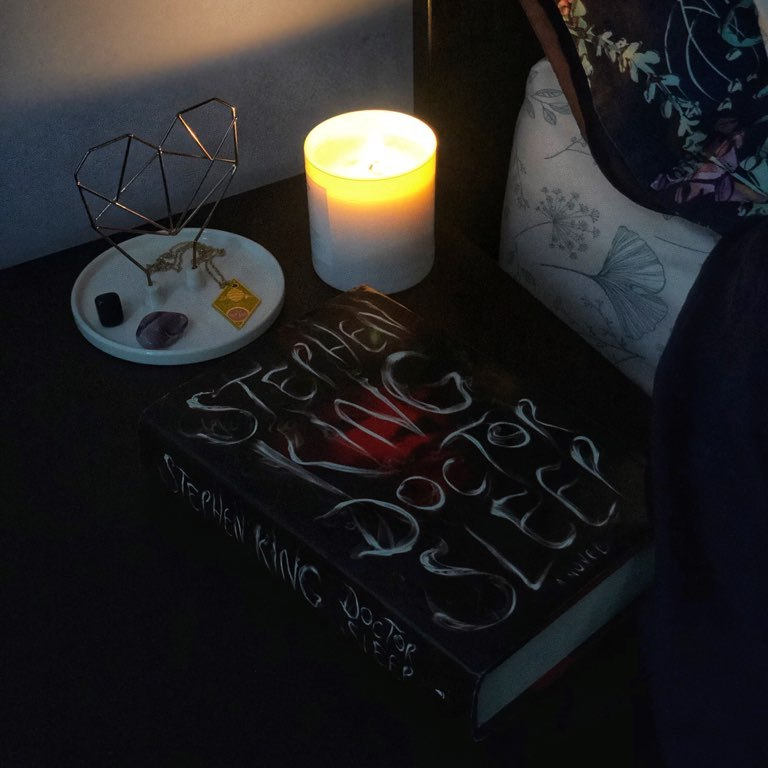Villains. We love to hate them and hate to love them. Sometimes, we land in the middle and don’t know how to feel because either side feels wrong. Every story has a hero and a villain. Every hero and heroine needs a villain to become a true hero, otherwise the story would be boring. We have been taught to cheer for the hero or heroine throughout their journey and cast the villain aside.
Some villains seem completely unredeemable. There is not an ounce of kindness, goodness, or empathy inside them. Often they will literally be the monster in the story. You can easily point them out in the horror or psychological thriller. It’s very cut and dry. This is the bad person. Hannibal Lector is bad and was bad right from the start. We can all agree on that. In Blood Meridian, Judge Holden is the villain. He lacks anything resembling humanity and it is hard to fathom that someone like him could truly exist.

Shades of Grey
The key to a true villain is that they aren’t all bad. They need to have enough humanity and realness that you secretly root for them a little. Maybe they’ll turn a corner, change their ways, see the light. Perhaps the hero will convince them to do good and all will end happily ever after. This brings to mind a character like Snape, Gollum, or Tom Ripley. Was Tom a sociopath? Probably. Did I kind of want things to work out for him so that he could live that fantastical life he was so jealous of? Absolutely. With these villains, there is a deeper understanding of their motivations that almost blinds you to their actions.
While heroes and heroines are a bit more black and white, villains are a muddy grey area. It’s not so cut and dry. Amy Dunne. Definitely a villain, but you don’t know that for the first half of the book. You are on her side. You feel bad for her because she had a bad childhood and her husband cheated on her. She had to give up her home for some unknown town. AND THEN the twist reveals itself. You realize you’ve been rooting for a psychopath that meticulously planned out a scheme to frame her husband for murder. You almost feel sick to your stomach. She fooled you, too. You were just cheering for one of the purest villains in literature.

Villainous Circumstances
One of my favourite types of villains isn’t even a character at all. It’s a feeling, a notion, a trend. Think of novels like Children of Men (infertility), The Martian (time), or Revolutionary Road (suburban boredom). The characters lives are dependent on this entity out of their control and it is destroying everything they need and love.
Whether it’s Lady Macbeth, Humbert Humbert, or the idea of using eugenics to control nature – villains can be the best part of a story, even if they leave your skin crawling.
If you want contemplate what makes a good villain, read I Wear the Black Hat by Chuck Klosterman or listen to Shea Serrano’s podcast over on The Ringer (currently called With a Pencil).


